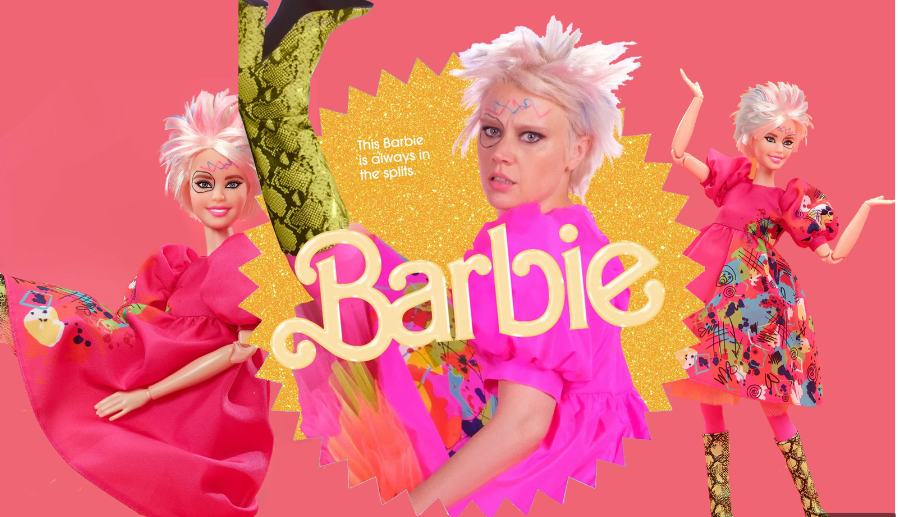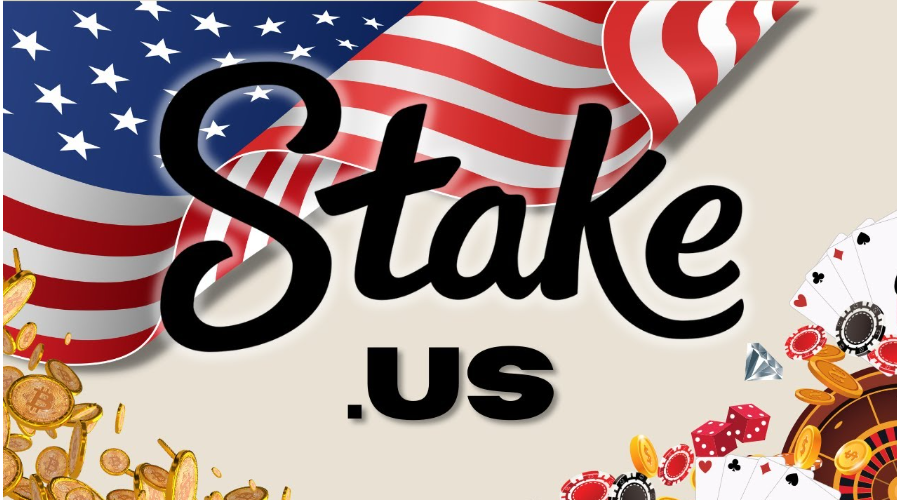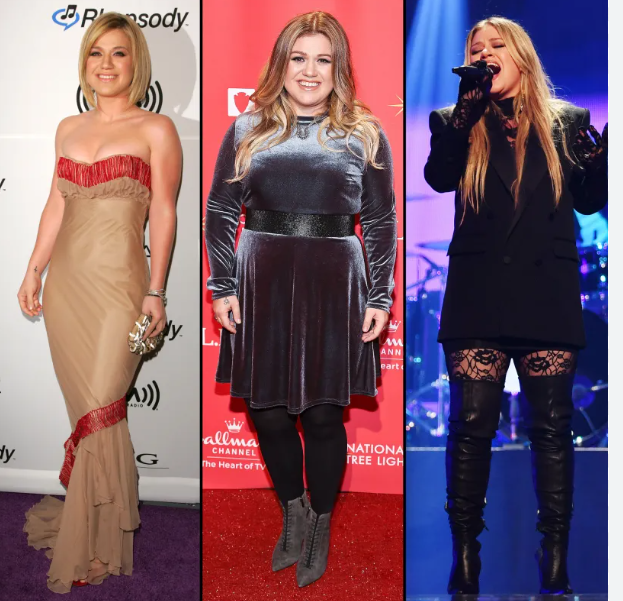Weird Barbie dolls have been a staple of childhood for generations, representing an idealised version of fashion, career, and lifestyle dolls have been a staple of childhood for generations, representing an idealised version of fashion, career, and lifestyle. However, over the years, some Barbie dolls have stood out for their unusual designs, quirky concepts, and downright weird aesthetics. These “Weird Barbies” have intrigued collectors and enthusiasts, showcasing the brand’s willingness to experiment and push boundaries.
The Birth of Weird Barbie
Mattel debuted Barbie in 1959, and she soon rose to fame as a symbol of popular culture. Although the majority of Barbie dolls follow traditional beauty standards, there have always been outliers. These outliers frequently result from partnerships, limited editions, or purely experimental designs. Unconventional attire, strange accessories, or even distinctive facial traits can distinguish weird Barbies from other dolls. They remind us that Barbie can be diverse and multifaceted, just like real people.
In Greta Gerwig’s “Barbie,” Kate McKinnon’s portrayal of “Weird Barbie ” was particularly noteworthy. But Mattel’s choice to market a Weird Barbie doll implies the business didn’t understand the fundamental theme of the film. Margot Robbie’s “Stereotypical Barbie ” was led by McKinnon’s character, who was instrumental in helping her navigate the transition from Barbie Land to the actual world of self-discovery. McKinnon’s Barbie, with her spiky cropped hair and marker-decorated face and clothes, resembled the dolls that have been specially customised by their owners, in contrast to the classic forms of Barbie.
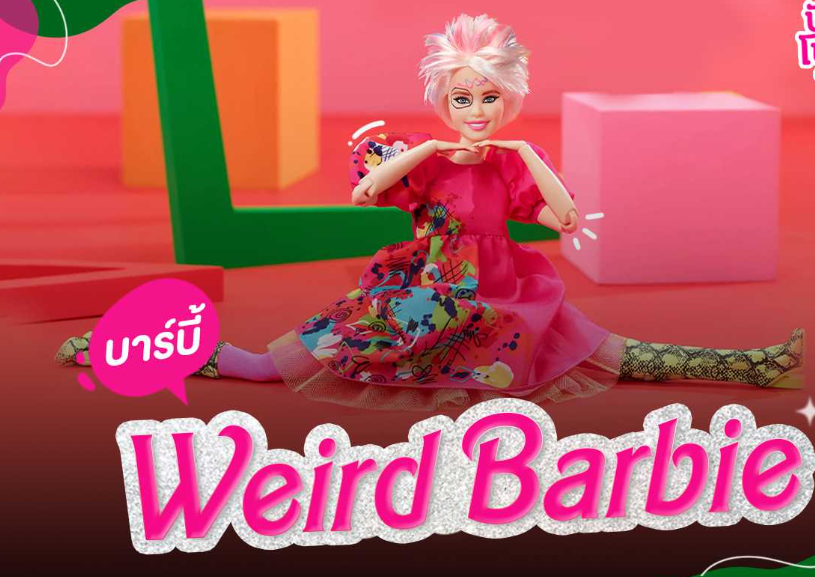
Barbie was widely marketed by Mattel and Warner Bros. before its July 2023 premiere by major marketing campaigns, public relations stunts, and merchandising collaborations. More products, such as the “I am Kenough” hoodie worn by Ryan Gosling’s character Ken, flooded the market when the movie became the highest-grossing movie of the year (according to Box Office Mojo). An extremely interesting new product is a limited edition doll that is modelled off McKinnon’s Weird Barbie figure. It makes sense that the character would serve as the inspiration for new toys and merchandise, but this announcement suggests that Mattel might not have realised the character’s importance in the movie.
Examples of a Weird Barbie
1. Totally Hair Barbie (1992)
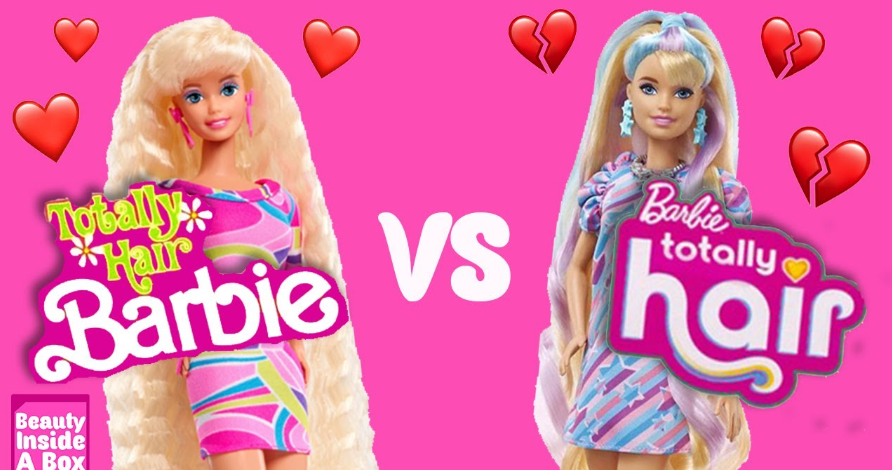
One of the earliest examples of a Weird Barbie is the Totally Hair Barbie, released in 1992. This doll featured hair that was over ten inches long, allowing for extensive styling and creativity. While not necessarily weird in concept, the execution was unusual enough to stand out. The doll came with styling gel and various hair accessories, encouraging kids to experiment with elaborate hairstyles. The Totally Hair Barbie became one of the best-selling Barbie dolls of all time, proving that weird can be wildly popular.
2. Earring Magic Ken (1993)
Earring Magic Ken, released in 1993, is perhaps one of the most infamous Weird Barbies. This version of Ken sported a mesh shirt, lavender vest, and an earring, along with a distinctly metrosexual look. The doll was intended to tap into the trends of the early ’90s, but it inadvertently became a cultural icon in the LGBTQ+ community due to its styling choices. The controversy and cult status of Earring Magic Ken have made it a highly sought-after collector’s item.
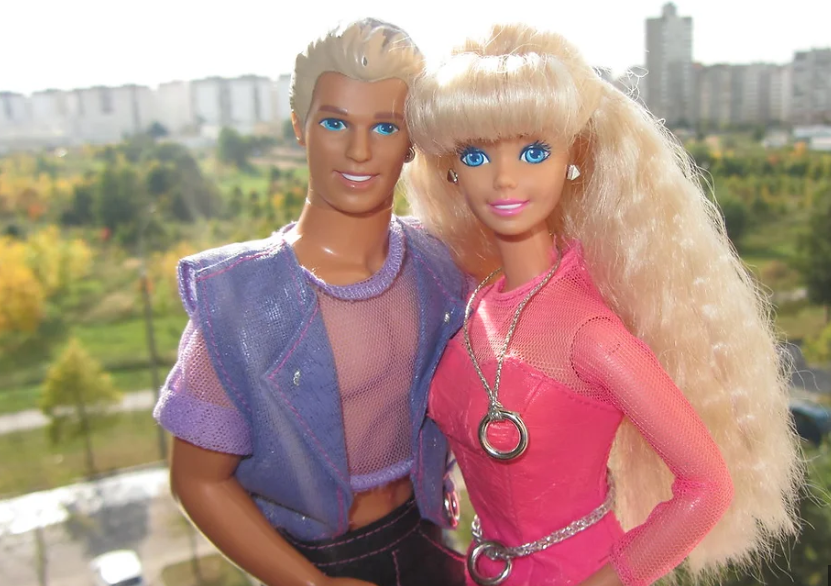
3. Pooper Scooper Barbie (1996)
In 1996, Mattel released the Barbie and Tanner set, featuring a Barbie doll with a pet dog named Tanner. What made this set particularly weird was its interactive nature: Tanner could “eat” and “poop” plastic pellets, and Barbie came equipped with a pooper scooper to clean up after her pet. While the concept was aimed at teaching responsibility, the execution was odd enough to earn it a place in the Weird Barbie Hall of Fame. The set was discontinued after concerns about the small parts being a choking hazard.
4. Growing Up Skipper (1975)
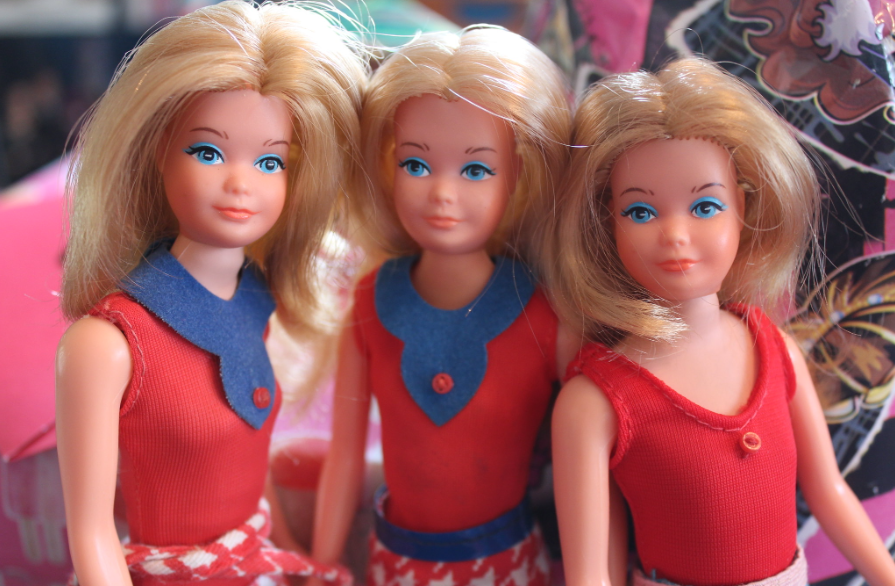
Growing Up Skipper, introduced in 1975, is another bizarre entry in the Barbie lineage. Skipper, Barbie’s younger sister, could grow taller and develop a more mature figure with a twist of her arm. The idea was to simulate the experience of puberty, but the mechanics of the doll were deemed inappropriate and awkward. The doll’s short-lived run and subsequent discontinuation have only added to its mystique among collectors and enthusiasts of weird Barbie dolls.
5. Pregnant Midge (2002)
Midge, Barbie’s friend, was introduced in 1963 but took a strange turn in 2002 with the Happy Family series. Pregnant Midge featured a removable magnetic stomach that contained a tiny baby inside. The doll was meant to portray the joys of family life, but the concept was controversial. Critics argued that the doll was too mature for young children and that it glamorised teenage pregnancy. Despite the backlash, Pregnant Midge remains a unique and memorable entry in the Barbie lineup.
6. Tooth Fairy Barbie (1994)
Tooth Fairy Barbie, released in 1994, is another peculiar addition to the collection. Dressed in a pastel pink and blue outfit with a tiara and fairy wings, this Barbie was designed to celebrate the childhood milestone of losing a tooth. The doll came with a tiny pouch for children to store their lost teeth. While the concept is endearing, the fairy-tale execution and niche appeal make it a standout in the realm of Weird Barbies.
7. Crystal Barbie (1983)
Crystal Barbie, launched in 1983, is often remembered for her dazzling, over-the-top attire. She wore a sparkling gown with a matching stole, and her jewellery was studded with faux crystals. The doll’s look was reminiscent of a disco queen, complete with extravagant makeup and a glamorous hairstyle. The opulence and sheer glitz of Crystal Barbie made her a strikingly odd yet beloved figure in Weird Barbie history.
8. Barbie Video Girl (2010)
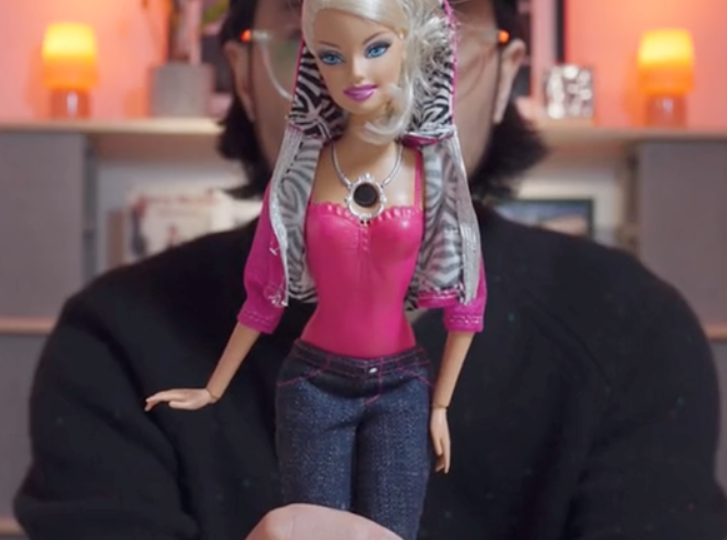
In 2010, Mattel introduced Weird Barbie Video Girl, a doll equipped with a built-in video camera in her necklace and a small screen on her back. The doll allowed kids to film videos from Barbie’s point of view, blending traditional play with modern technology. While innovative, the concept was strange enough to earn the doll a place in the weird category. Privacy concerns eventually led to the doll’s discontinuation, but it remains a fascinating example of Barbie’s foray into tech-savvy toys.
9. Barbie and the Rockers (1986)
Inspired by the rise of rock music and pop culture, Barbie and the Rockers was a line launched in 1986. These dolls featured bold, neon-coloured outfits, wild hair, and musical instruments. The exaggerated 1980s fashion and rock star personas made them distinctly weird but also wildly popular. The Rockers line reflected the era’s vibrant pop culture and showcased Barbie’s adaptability to changing trends.
10. Aqua Magic Barbie (1999)
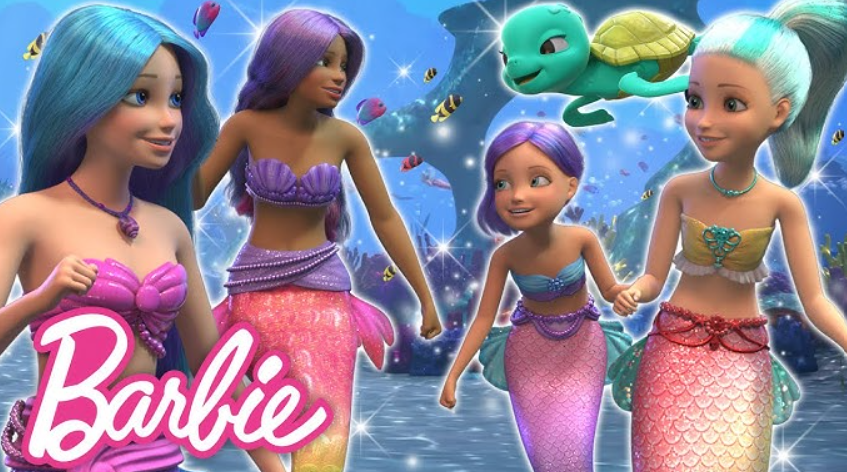
Aqua Magic Barbie, released in 1999, was designed to change colours when exposed to water. The doll’s swimsuit and hair would transform, adding an element of surprise and fun. While the concept was playful, the execution was quirky enough to make Aqua Magic Barbie memorable. The doll’s ability to change appearance with water set her apart from more traditional Barbies.
Conclusion
The Weird Barbie collection is a testament to Mattel’s willingness to innovate and experiment with their iconic doll. These unique and sometimes controversial designs have left a lasting impact on the Barbie legacy, attracting collectors and enthusiasts who appreciate the unusual and the extraordinary. From Earring Magic Ken to Pregnant Midge, these Weird Barbies highlight the diverse possibilities within the Barbie universe. They remind us that even a cultural icon like Barbie can embrace the strange and the unconventional, adding richness and variety to her storied history.
As Barbie continues to evolve, it will be interesting to see what future Weird Barbies might emerge, challenging our perceptions and sparking new conversations about this beloved toy.
